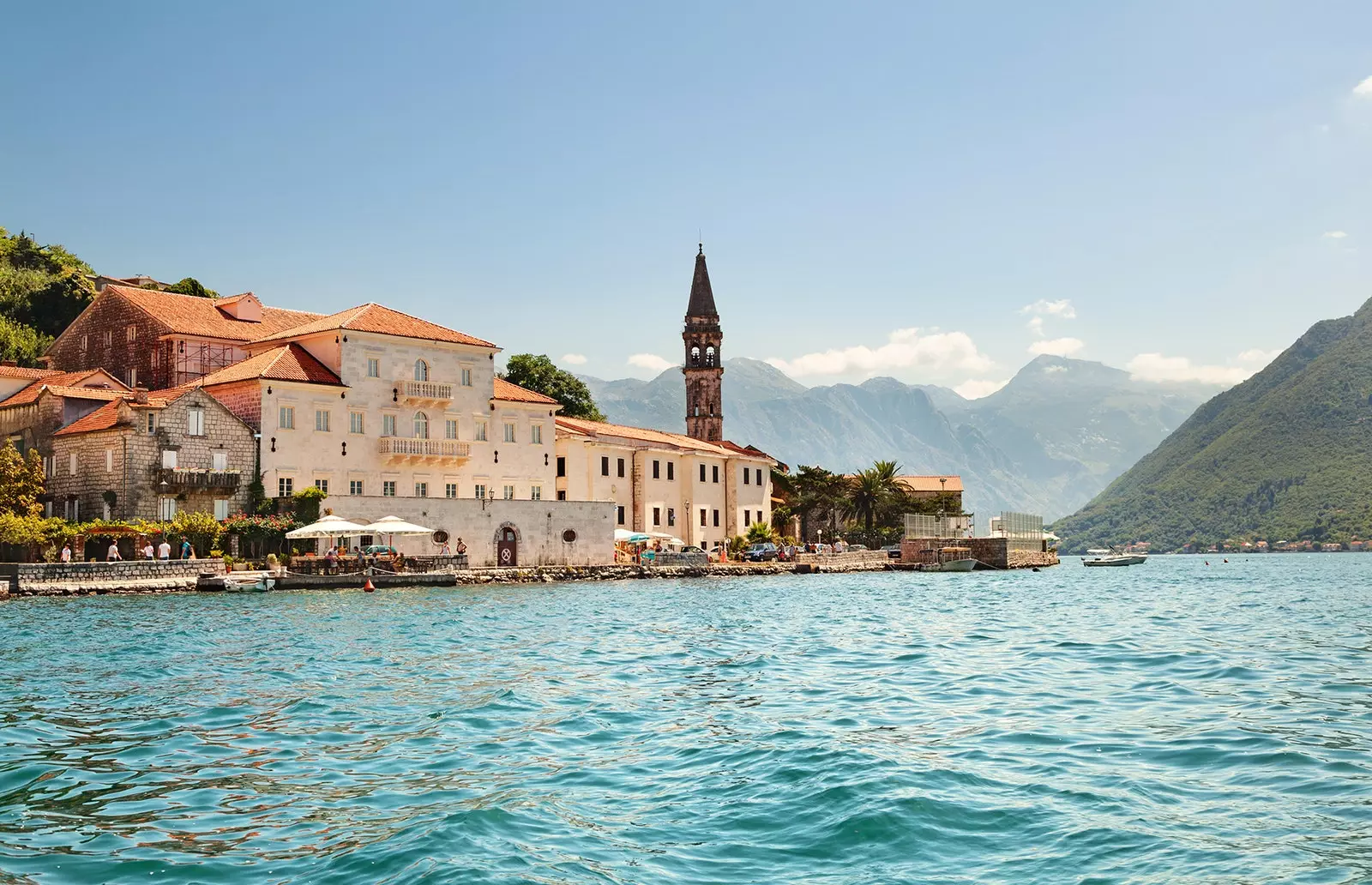
Kotor, the big surprise in Montenegro
A multi-day trip through the Balkans It is the pending getaway that we all have or have had in our heads since we discovered that traveling is what makes human beings great.
When that acquaintance told you that he had just returned from Croatia , or your second cousin spoke in love with the bosnian forests, you were dying of envy (of the bad). Well, the time has come to be YOU who can talk about the Balkans in the first person. Just by accumulating a dozen days you can do a very complete tour that will leave you exhausted, yes, but also very, very happy!
**DAY 1: Zagreb**
Bearing in mind that you took all day traveling and arrived in Zagreb at sunset, the best thing you can do is visit the Ban Jelacic Square, stay area of agramites , and take from it the Tkalciceva street , the most atmospheric in the city.
With its low colored houses, you almost feel like you are in a small town filled with cafes, restaurants and bars. Take the opportunity to try the Ožujsko Croatian beer , which is manufactured in Zagreb itself.
- If you prefer to spend more days in Zagreb, take note of this in-depth report
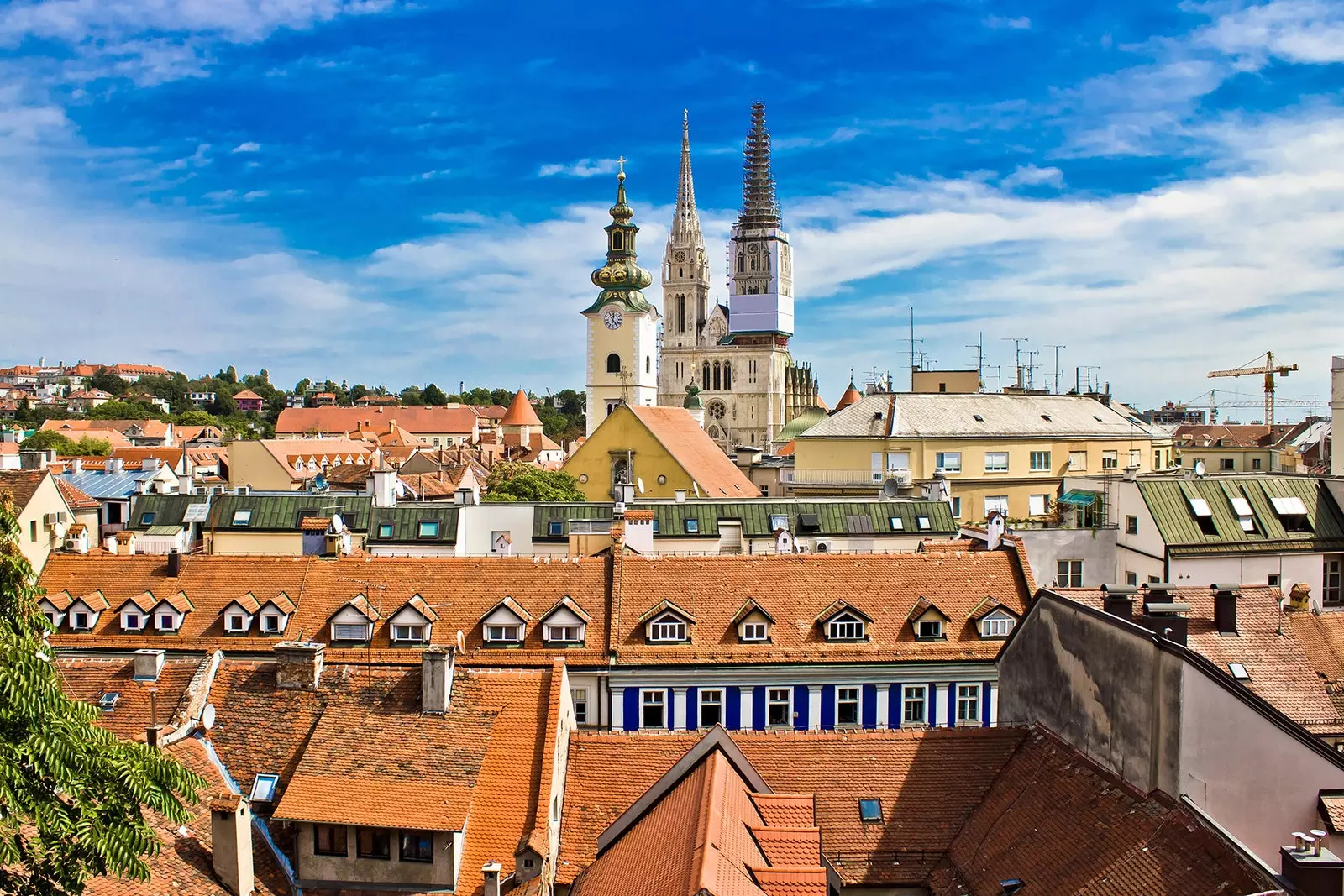
First stop: Zagreb
DAY 2: Pula and Rovinj
Get up early! Of Zagreb to Pula About three hours of travel await you. But don't despair, because the highways in croatia they are a gift. Try to sneak out of the driver's seat, and feast your eyes on shades of green and blue that only nature can achieve.
Pula , south of the Istrian peninsula, It is the most Roman Croatia you will find. Pula is history and sun, it is tourism, but without losing the authenticity of the towns in which life is made. Let yourself be carried away by the cobblestones and create yourself a centurion of the Empire. Especially in the Amphitheater , a thing of 72 bows that will leave you speechless and without wanting to see any more amphitheater in your entire life.
After eating, 45 minutes by car will take you to Rovinj . This enclave on the Adriatic coast is BEAUTIFUL. It is the image of beauty without magnificence or exuberance . It is beautiful without wanting to be, with the naturalness of the coastal places, of the moldy docks due to humidity and the painted, chipped and repainted houses. It's a hodgepodge of alleys and slopes , of hanging clothes and windows that overlook the port.
We would spend a lifetime and a half in Rovinj, but two hours can be very well spent. There is no time to lose, highway and manta and four hours to Plitvice Lakes National Park , where we recommend that you spend the night to be able to make the most of the next day very early.
- If you decide to extend your experience in Rovinj, enjoy an in-depth tour here
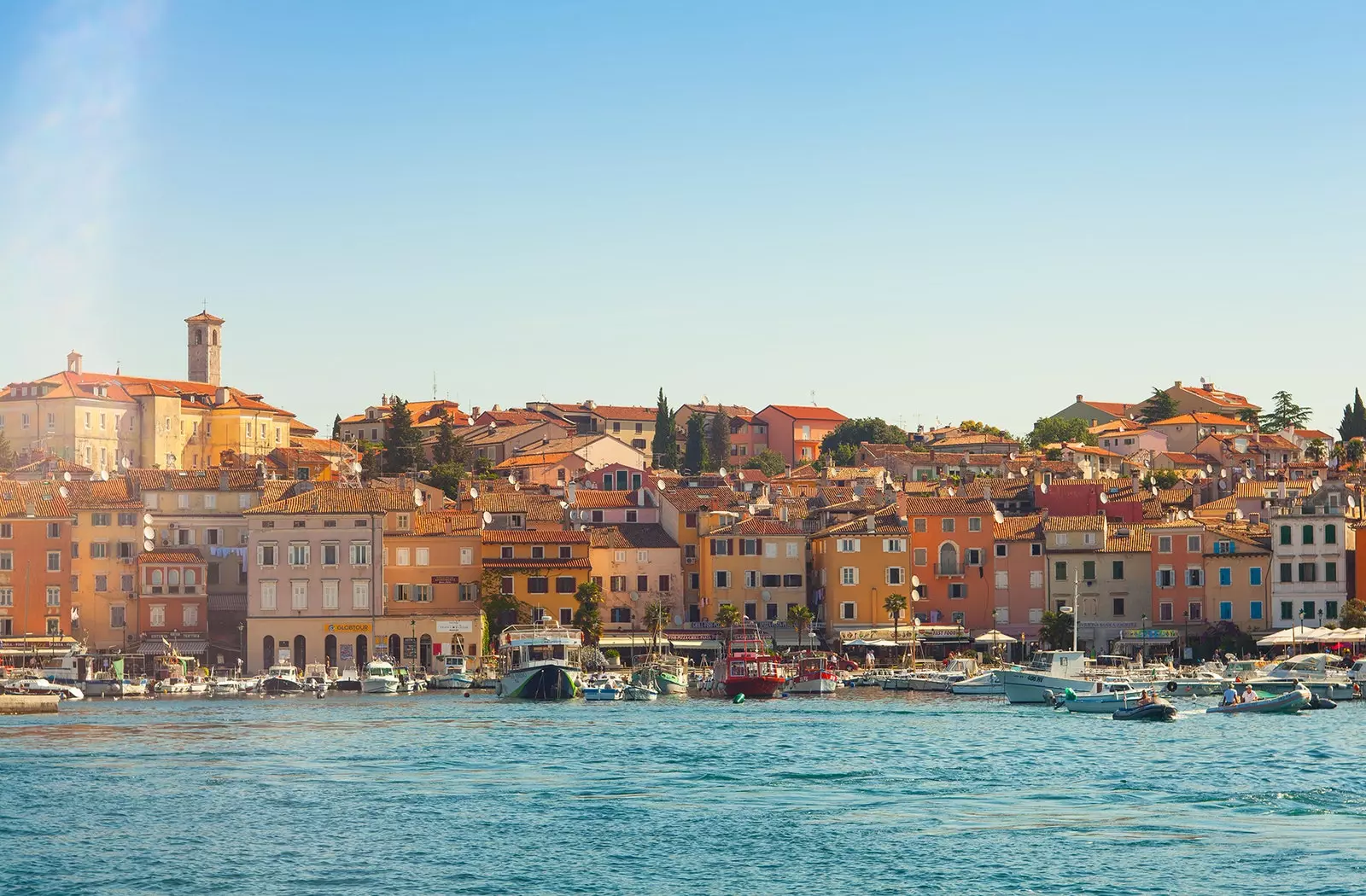
Rovinj
DAY 3: Plitvice Park and Zadar
sunrise in Plitvice It must be the closest thing to what Adam and Eve saw every morning. Recognized as UNESCO Nature Reserve , the Plitvice Lakes National Park, which needs about 4 to 6 hours to visit, is one of those areas where Nature decided to show off.
The water is the owner and lady , appearing in the form of streams, waterfalls and (absolute love) waterfalls of liquid silver. To rest a little, do not forget the t Electric boat trip on Lake Kozjak , surrounded by 30,000 hectares where we would stay to live. Too bad the park rangers do their job so well.
Back in the car, you wait 2 hours to get to Zada, in northern Dalmatia. It is worth spending a few hours wandering the streets and appreciating its Roman past, visible in wonders such as the **Zara gate (or Terraferma)**, which gives access to the pedestrianized old town.
We would also walk the boardwalk up and down to infinity. Also, there is something in Zadar that you will not find anywhere else: the sea organ . They look like simple holes in the steps, but the push of the air by the waves through these ducts generate music that you will surely not hear twice.
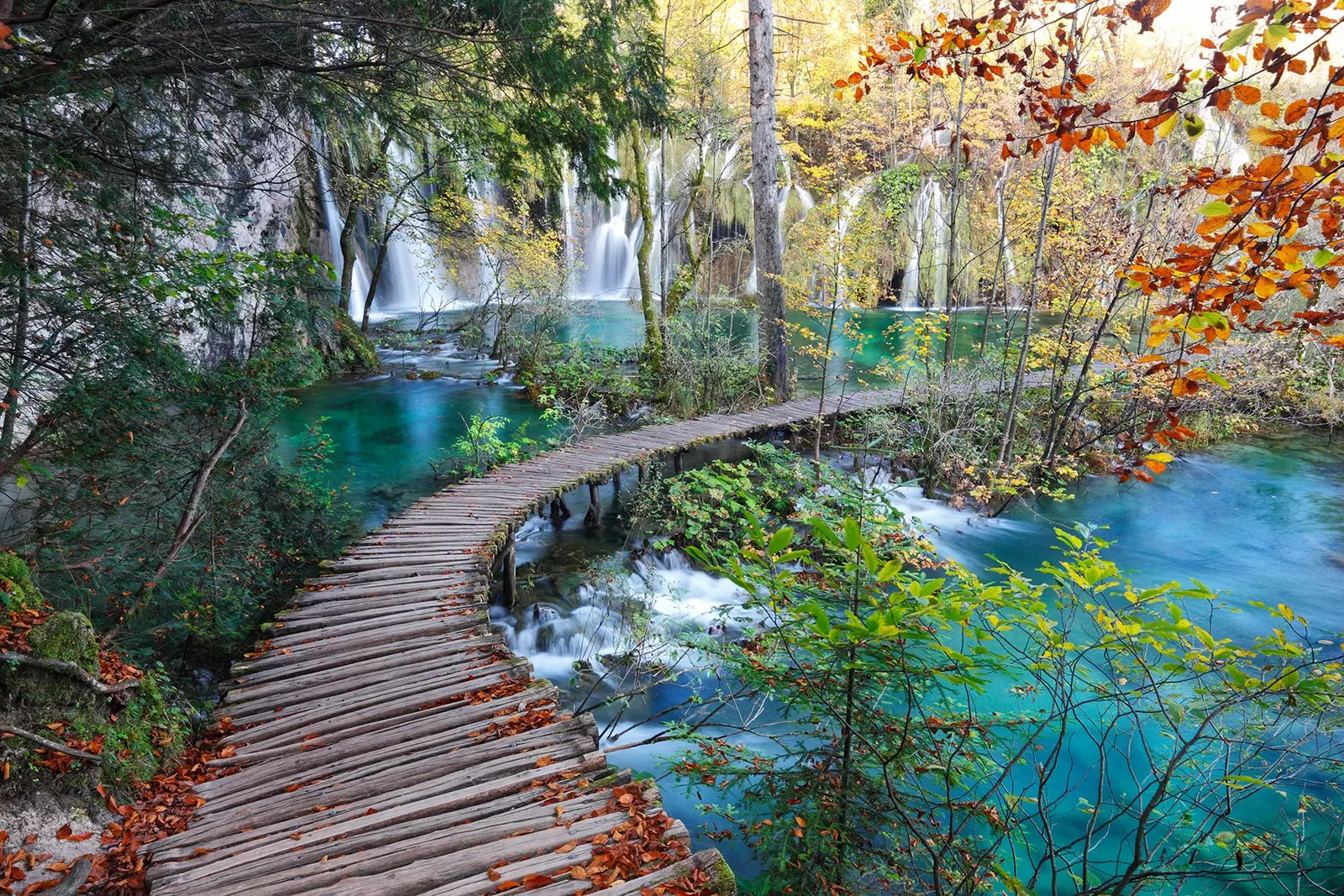
Plitvice
DAY 4. Krka National Park, Sibenik, Trogir and Split
Get up when the streets are not yet laid and drive an hour to the Krka National Park , a place that must be inhabited by dwarfs and forest elves. If you don't live here, where else? It occupies an area of 109 km2 around the Krka and Čikola rivers. We love the fields of flowers hidden among the thicket of elm trees, and the swans swimming under the falls.
After about four hours of visiting, at noon he sets out on his way to Sibenik, a very small city and outside the traditional tourist circuits, but no less worthy of your visit. Its cathedral, a World Heritage Site , and the Town Hall Square they are the most characteristic, but we ask you again to let yourself be carried away by its layout and imagine yourself traveling to the Middle Ages.
Lunch any of the fish dishes in the Peškarija restaurant , in the area of the promenade.
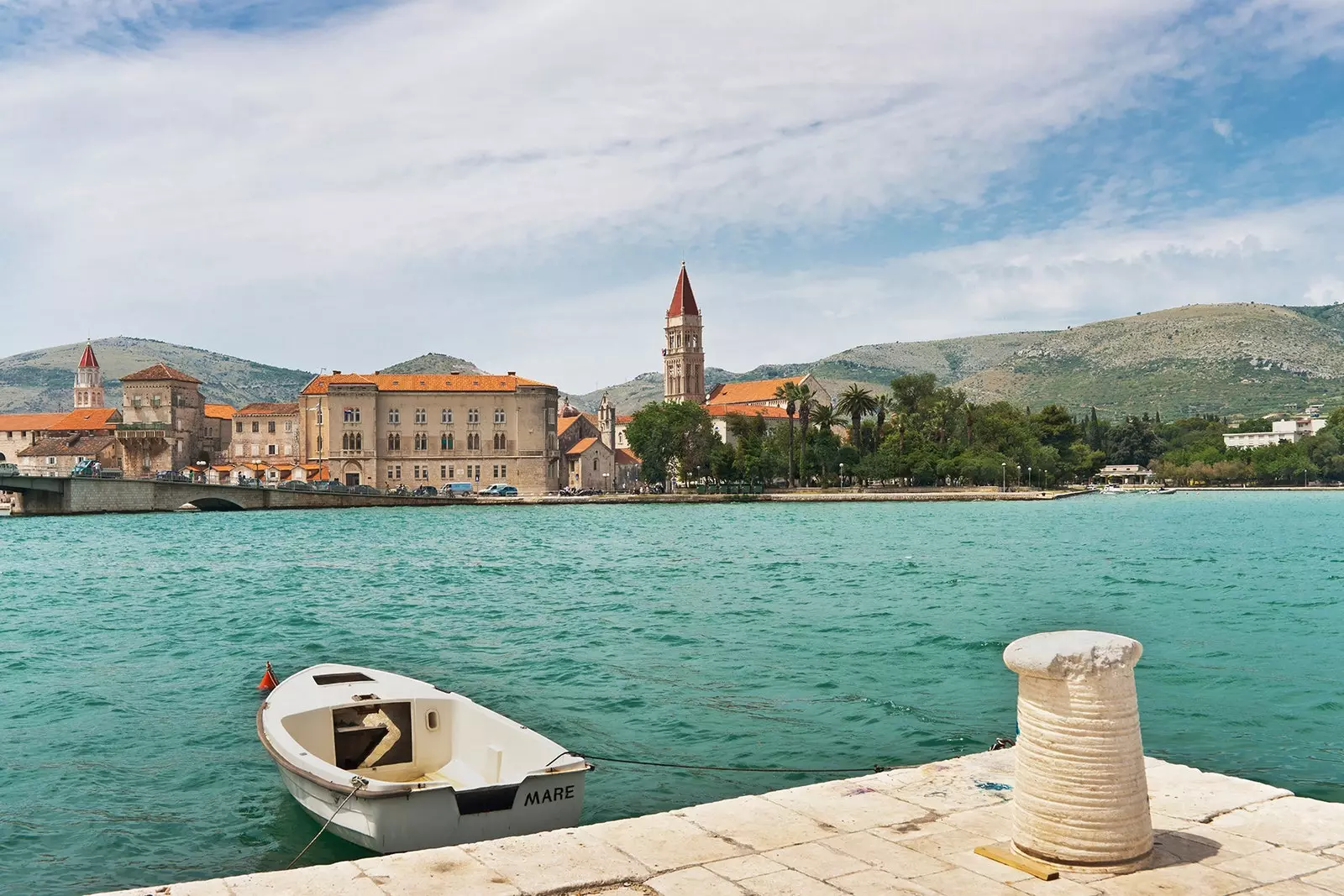
Trogir
We do not want you to stop devoting an hour of your time to discovering the Trogir Island, an hour and a half from Sibenik. Accessible by car thanks to the bridge that connects it to the mainland, it seems that all the best of Croatia has been concentrated in just 39 km2. They say that the best perfumes come in small bottles, right?
Have a coffee in Plaza Juan Pablo II , look around you and simply hallucinate. you still have ahead the end of the day in split , so road and blanket to get there before the sun goes down.
Of all the cities we have visited so far, perhaps Split be the one that seems most habitable to us, the one in which we would not mind (even more, we would love to) spend a season.
The Diocletian's Palace and its white limestone is transformed into an open-air concert hall at night, and the medieval and gothic surface of the city hides a modern and open way of life, of enjoyment, outings and youth. The fish market marmontova street It is perfect to savor that daily and relaxed life of the Splitenses. To spend the night, we love the Cornaro Hotel .
DAY 6. Cruise through the Adriatic Islands
This second day in Split , take advantage of the number of cruise companies within your reach and choose one that takes you to the islands of Brač and Hvar and the Bay of Palmizana . Navigating the Adriatic at dawn is like doing it on a mirror, or a pool of mercury, and its elongated, drained islands are authentic hidden treasures of pirates.
You will also see submarine bunkers dug into the rock, like the ones in the islands of Lastovo and Dugi Otok , used as a refuge in the former Yugoslavia.
If you are lucky and the tide allows it, they can take you to the famous 'green cave', on the island of Ravnik, and 'blue cave', in Biševo . The magic of the sun through the rock and its reflection in the background make these caves one of the most valued natural phenomena in the world.
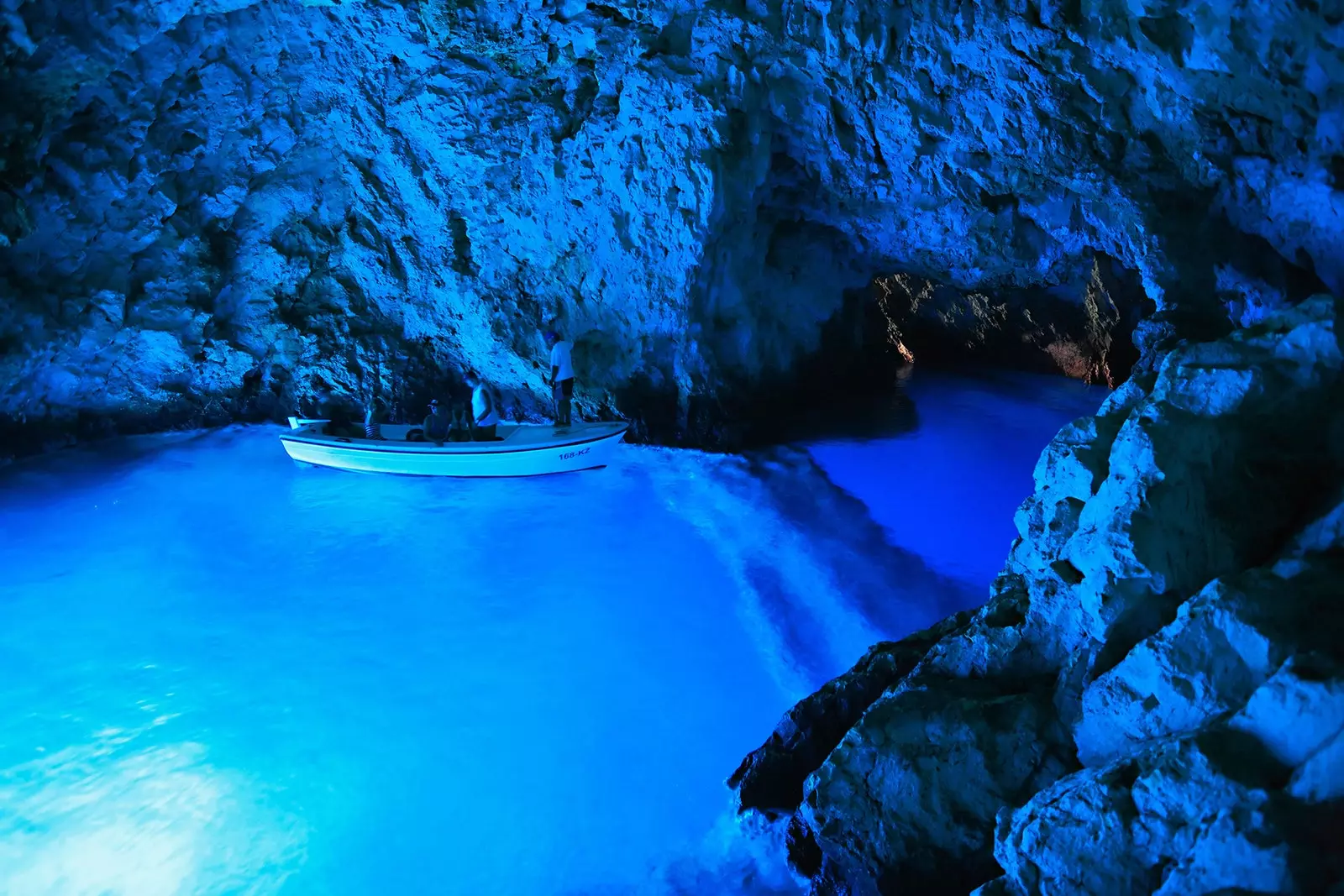
Blue Cave in Biševo
DAY 7. Walls of Ston and Dubrovnik
Get up early (again) to tour the split promenade and breathe the Adriatic air, and with those recovered forces he sets out on his way to the next stop: Dubrovnik , just over three hours.
We suggest you make a stop at Stone , on the Pelješac peninsula , and walk along its 13th century walls, known as “the Chinese wall of Europe” for its length. The views of the recesses of the Adriatic from the top of the walls will not be forgotten in life. When you're done, recharge your batteries with local mussels and oysters (an occasional tribute doesn't hurt) at the ** Kapetanova Kuca ** restaurant.
From Ston to Dubrovnik it will take you just over 50 minutes on a stunning coastal road.
It is true that Game of Thrones has done a lot, perhaps too much, publicity for Dubrovnik, with the consequent overcrowding of tourists and 'stick-sefies' at certain times. But that does not stop it from being so NECESSARY to visit it.
The white city with orange roofs will always be majestic. There are thousands of different itineraries. All will take you to the panorama from the wall, Sponza Palace, Placa Street, San Blas Church, Velika Gospa Cathedral … but the best thing is that you let yourself be carried away by the brightness of its white marble and get lost. Getting lost in Dubrovnik should be prescribed by all doctors!
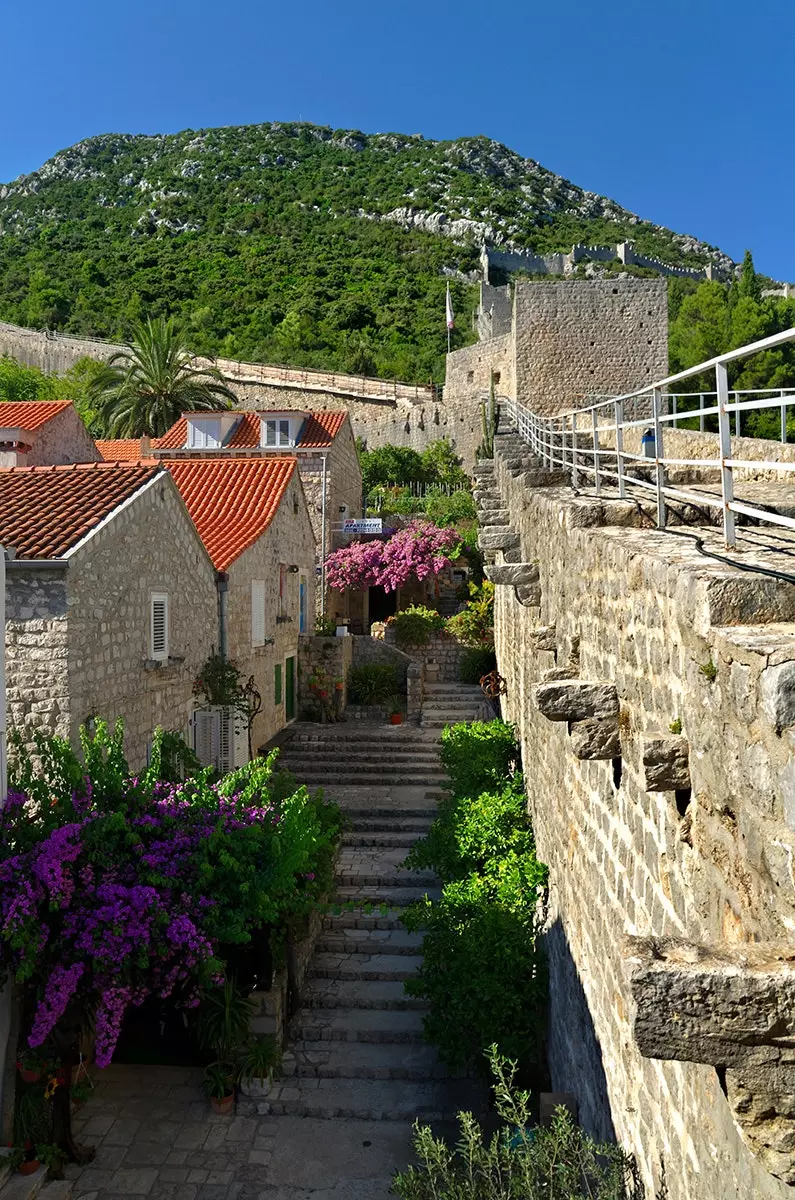
Stone
Dubrovnik and Kotor (Montenegro)
After spending the morning in Dubrovnik (again, try to watch the sunrise near the walls to avoid the hordes of tourists that will begin to appear with the first rays of the sun), face the 4 hours ahead of you to change country and get to Kotor.
The tour of Croatia to Montenegro It is perhaps the most impressive of the entire route. The montenegrin fjords they could stand up to the Norwegians. The Adriatic coast of what was Yugoslavia It is presented in all its splendor, drenched in crystal juice.
when one knows Kotor, feels something similar to shame for having underestimated a country with jewels like this. Protected by mountains and hidden in one of the tongues of the sea known as the “Boys of Kotor” , this nearly 2,000-year-old city seems to have been built yesterday, due to the whiteness of its stones and the majesty of its buildings. “I may be old, but I am stronger than you”, she would tell us if she spoke.
In addition to its Venetian style, its green lattices and those cobbled alleys that could not be missing, what makes Kotor great is the portentousness of its whereabouts.
Do not leave without climbing the wall at dusk. The views of the fjord will give you one of the best photos of the trip.
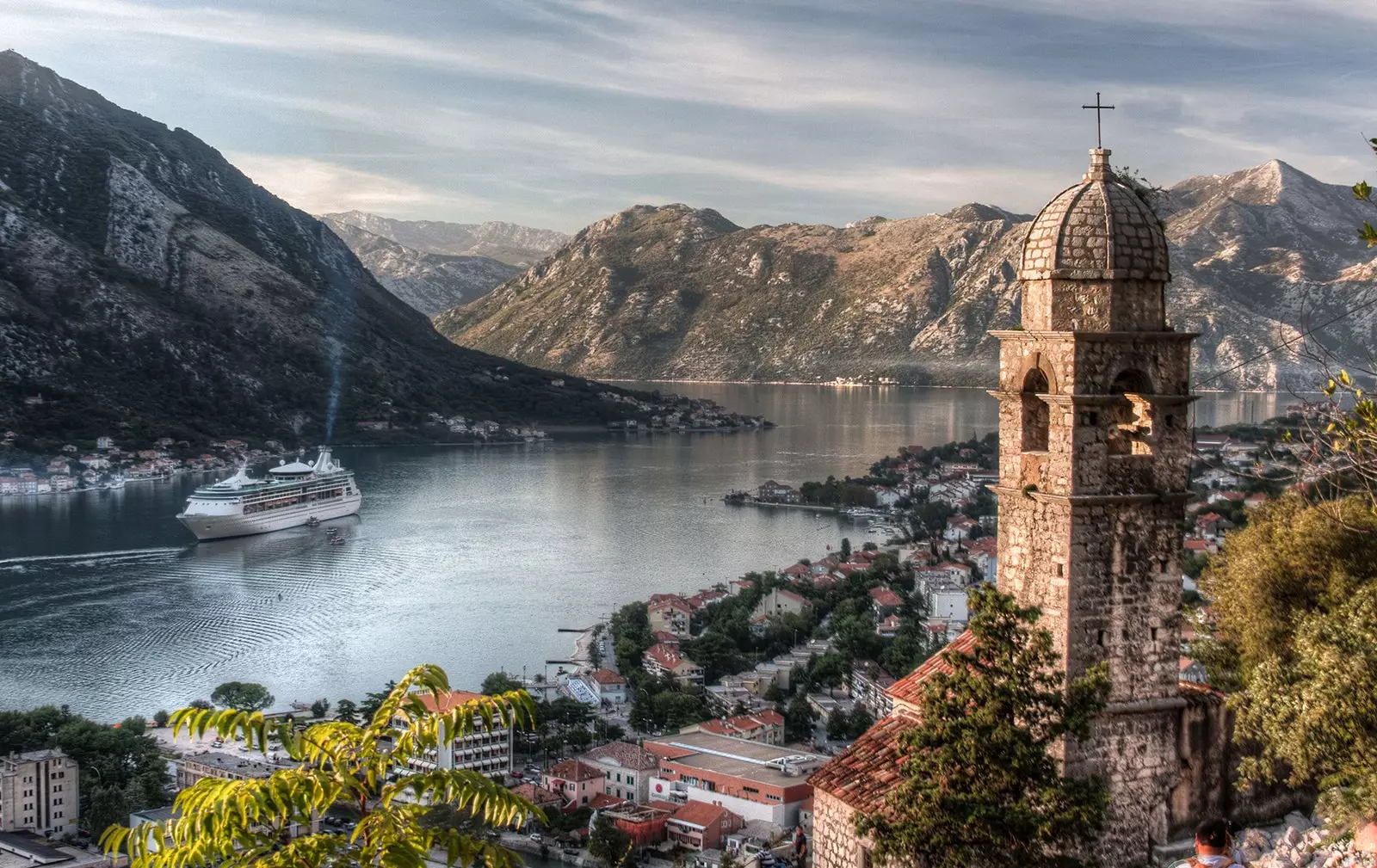
Kotor
**DAY 8: Mostar (Bosnia and Herzegovina)**
Take advantage of the first hours of the day to say goodbye to Kotor and set off towards the third of the countries on our route: Bosnia and Herzegovina and its multiculturalism reflected in Mostar.
From Kotor to Mostar it is just over three hours drive. The oranges, yellows, reds and ochres of the Bosnian forests in fall They should be a World Heritage Site.
Bosnia is a country that falls in love from the moment you step on it, and we declare Mostar as guilty of this crush. We don't want to burden ourselves with history lessons, but visiting the Balkans in general, and Bosnia in particular, is inseparable from the memory of a war whose wounds can still be seen in the streets.
The buildings keep bullet holes, in a way to show that covering up the past is not the solution . Bosnia is an example of survival and is proud of it. It is also a way for us, as tourists, to internalize that these places that we see today as tourist are now, but they had to die to be reborn.
The capitalized SYMBOL of both war pain and recovery is the famous Stari Most bridge, over the Neretva river, which was killed by bombing and ended up being recovered stone by stone in 2014.
If you happen to see a guy about to jump into the water, don't think he's considering suicide. it is about one of the jumpers of Mostar , who for a tip are "nailed" in the Neretva, continuing a tradition of more than 450 years.
The Kujundziluk Bazaar runs along both banks of the river in the Stari Grad , or 'old city', and it is an amalgamation of colors, awnings, hands of Fatima, lamps, souvenirs and much, much war objects. From leaky helmets to projectiles.
The religious and cultural gibberish of Mostar, and that green, mountainous patch of land it occupies, deserves a main position in the destinations of this route. Make a technical stop to continue with the tasting of ćevapi in the Hindi Han , the "good, nice and cheap" made restaurant.
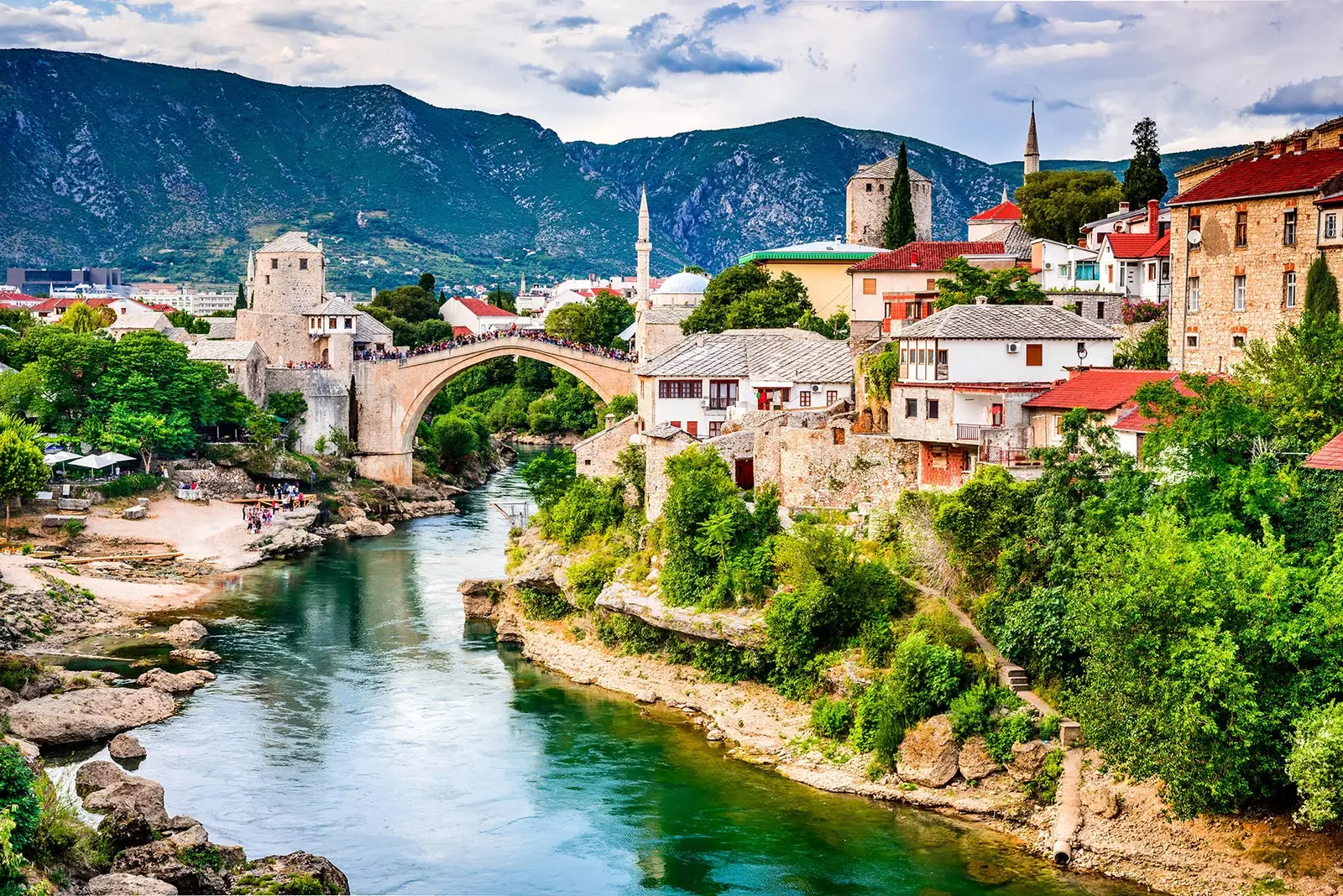
Mostar
DAY 9: Sarajevo
On this trip there is something for everyone, even for lovers of abandoned places . After leaving Mostar and driving for 2 hours to sarajevo , visit the ruins of some of the facilities of the 1984 Winter Olympics. The most impressive (and also a sinister point) is the track bobsleigh , in the Mount Trabević, and the Olympic jumping area on the Igman mountain, which also maintains the podium, the stands and the chair lift.
Once in Sarajevo, you have to eat at the Inat Kuka , a traditional Bosnian restaurant that was moved brick by brick from its original location on the other side of town. With a very low outlay, you will take calories to finish the trip and return to Zagreb on foot. essential the ćevapi and the polenta cake , although we have a hard time choosing!
You have all afternoon to burn it off walking around Sarajevo, around the Turkish quarter and the market of Brusa-Bezistan , which will teleport you to Istanbul, the rebuilt National Library which suffered the destruction of the bombs, the corner of the latin bridge where he Emperor Franz Ferdinand was assassinated, the composition of Muslim, Catholic, Jewish and Orthodox temples such as the Gazy Husrev Bey Mosque, Ashkenazi Synagogue, Old Orthodox Church and the Cathedral of the Sacred Heart of Jesus.
Surrounded by the mountains that facilitated its siege during the war, Sarajevo is a fighter, a resistance, and it transmits this condition in its streets and its environment. As we write this we listen to **'Miss Sarajevo' by U2 **, and we get goosebumps.
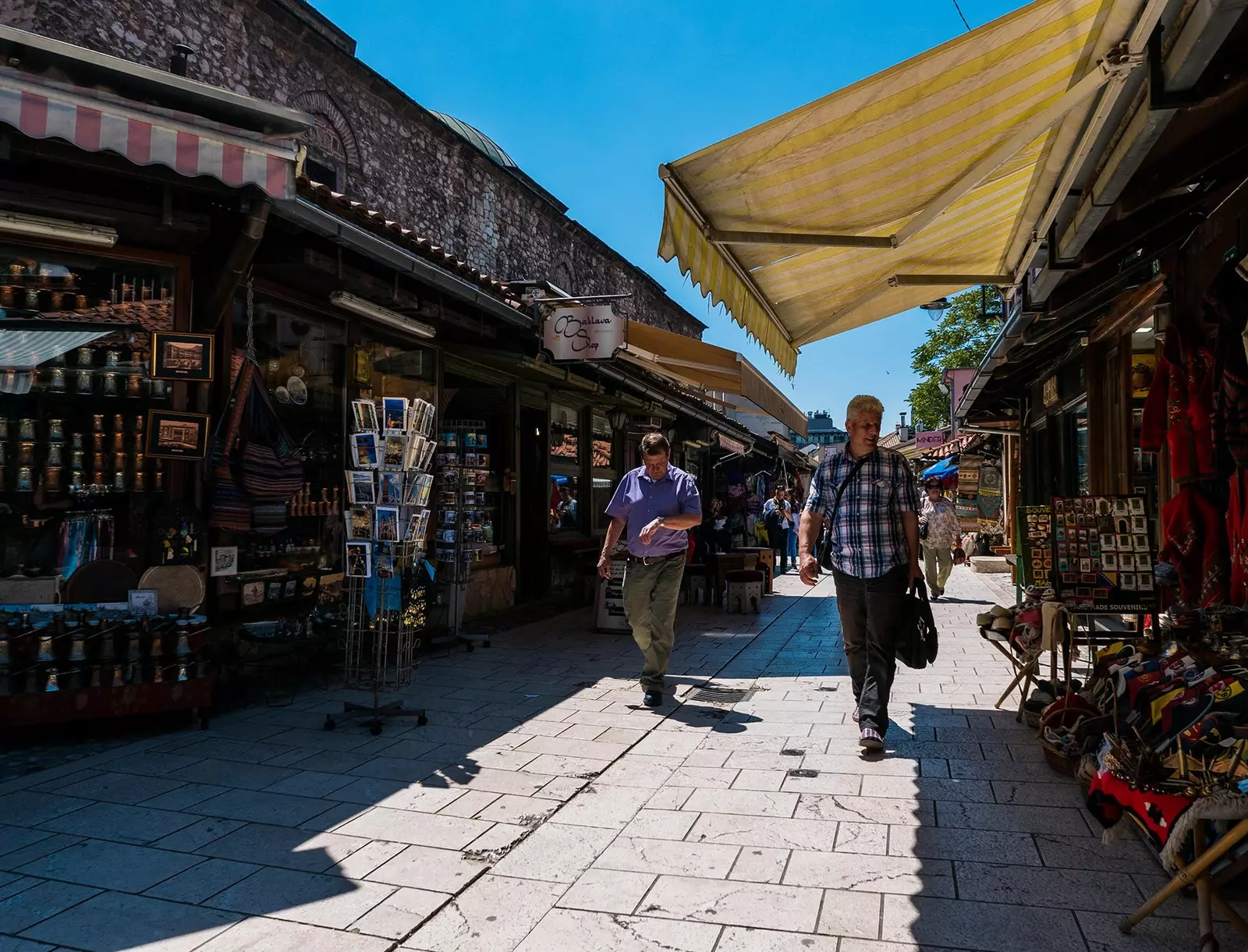
Miss Sarajevo
DAY 10: return to Zagreb
The day of the return is always the hardest, especially if you have to drive for more than five hours. But the landscape deserves it, and thus it will give you time to macerate everything you have seen and experienced during these ten days of traveling madness in the Balkans.
Try to travel soon to be able to take advantage of a few hours in the Croatian capital, visit the historic district of Gradec in the Gornji Grad (Upper City), enjoy the views from the Strossmayer promenade and have dinner krusnoj peci , a turkey stew with olive oil typical of Croatian cuisine, and well deserved after so many days of hustle and bustle.
We warn you that you will need some time to review all the photos and be aware of all the incredible places you have visited. But don't take too much either, because there are still corners for which we would need another ten (or twenty) days. So rest just enough, and Start planning your next Balkan route!
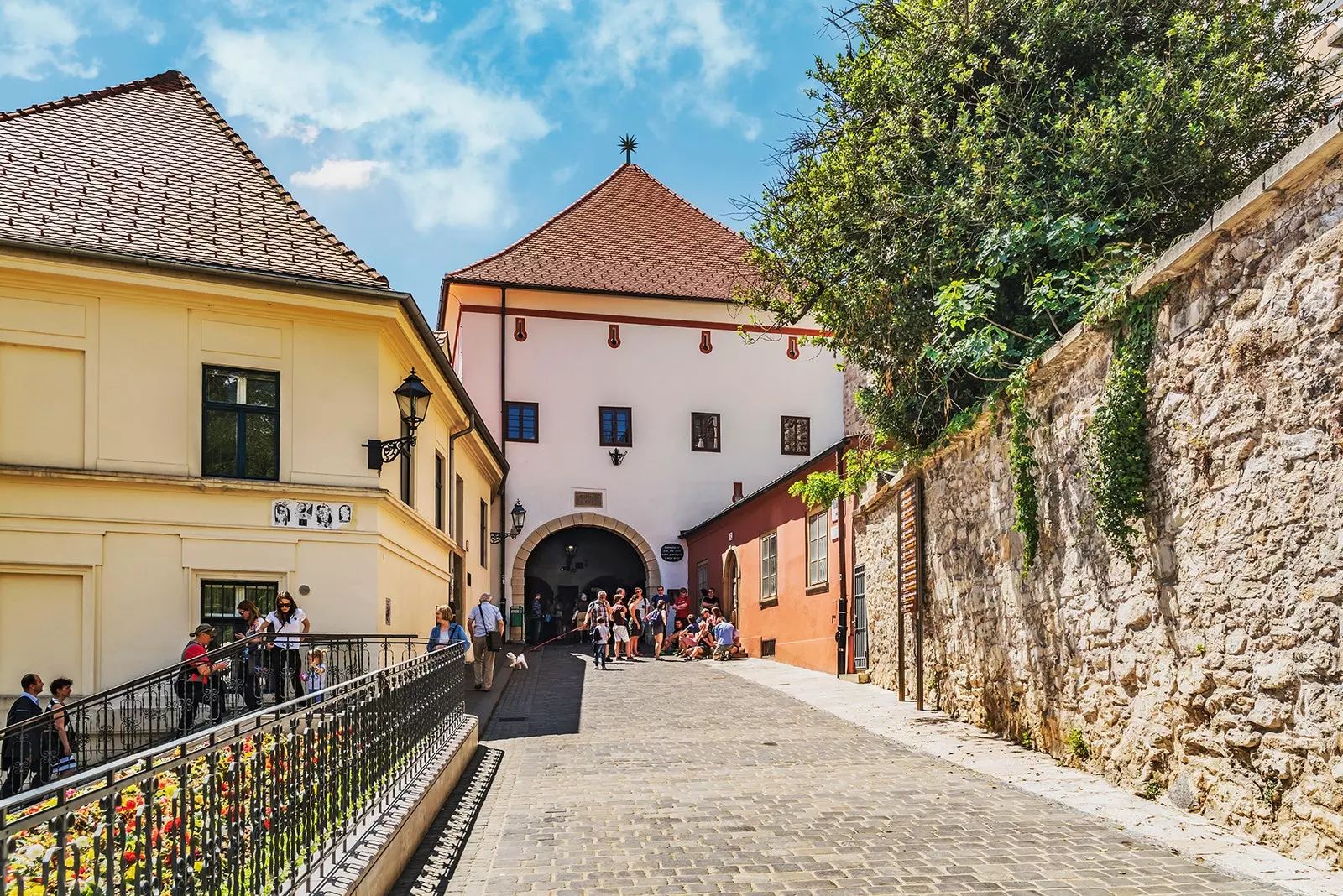
Gornji Grad in Zagreb
